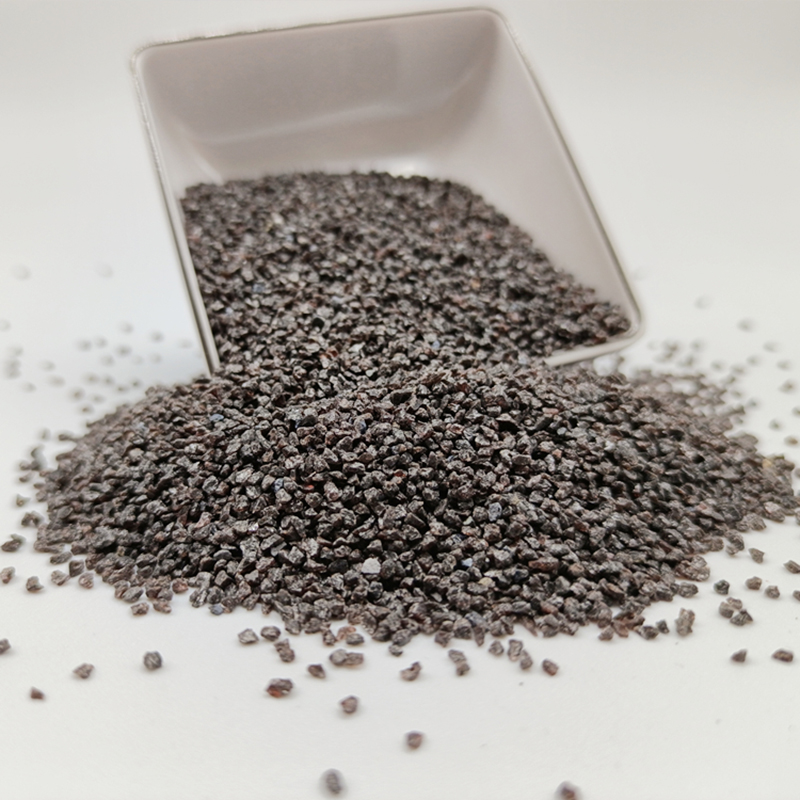According to the UK Atomic Energy Authority, researchers from the agency and the University of Bristol have successfully created the world’s first carbon-14 diamond battery. This new type of battery has a potential life of thousands of years and is expected to become a very durable energy source.
Sarah Clarke, director of the tritium fuel cycle at the UK Atomic Energy Authority, said that this is an emerging technology that uses artificial diamonds to wrap a small amount of carbon-14 to provide continuous microwatt-level power in a safe and sustainable way.
This diamond battery works by using the radioactive decay of the radioactive isotope carbon-14 to generate low levels of electrical energy. The half-life of carbon-14 is about 5,700 years. Diamond acts as a protective shell for carbon-14, ensuring safety while maintaining its power generation capacity. It works similarly to solar panels, but instead of using light particles (photons), diamond batteries capture fast-moving electrons from the diamond structure.
In terms of application scenarios, this new type of battery can be used in medical devices such as eye implants, hearing aids and pacemakers, minimizing the need for battery replacement and the pain of patients.
In addition, it is also suitable for extreme environments on Earth and in space. For example, these batteries can power devices such as active radio frequency (RF) tags, which are used to track and identify objects such as spacecraft or payloads. It is said that carbon-14 diamond batteries can operate for decades without replacement, making them a promising option for space missions and remote ground applications where traditional battery replacement is not possible.





